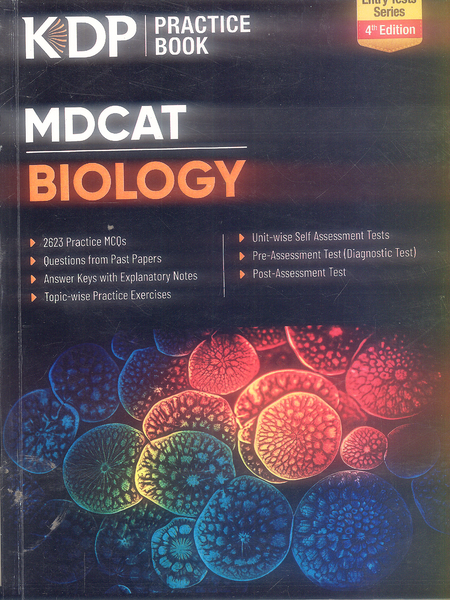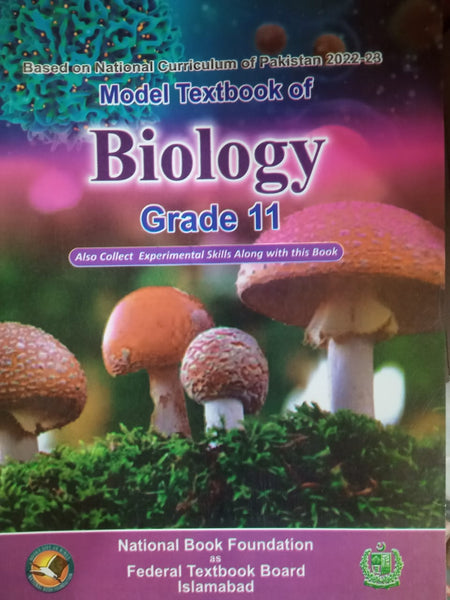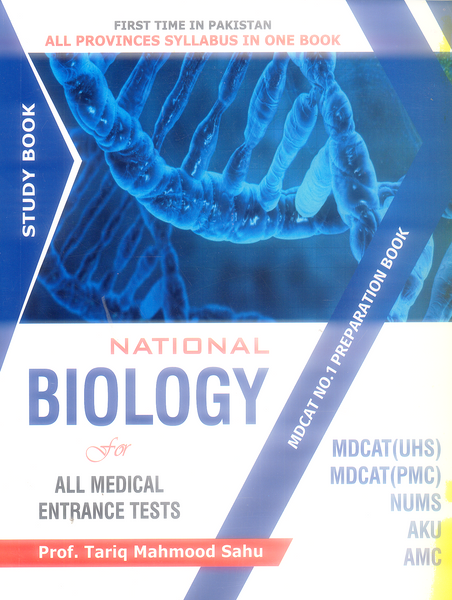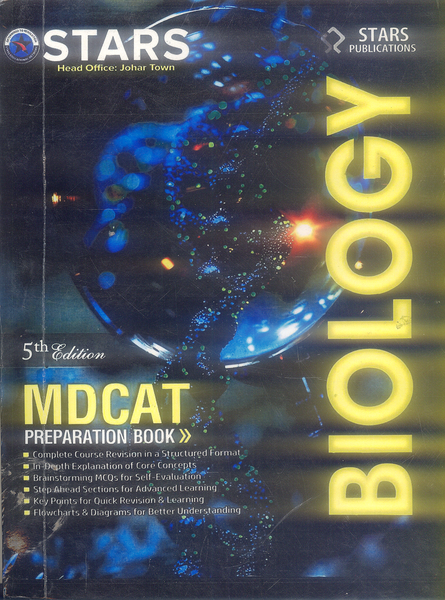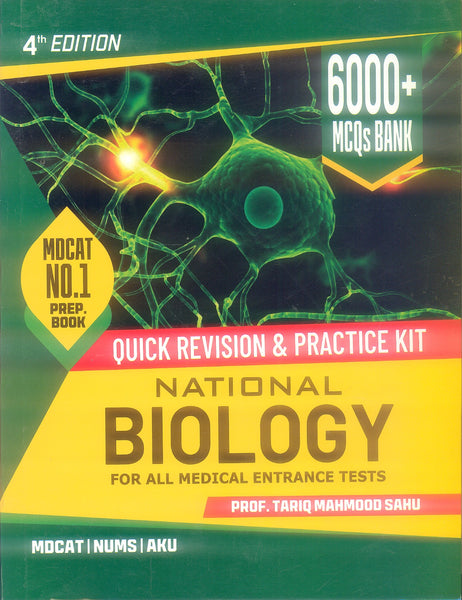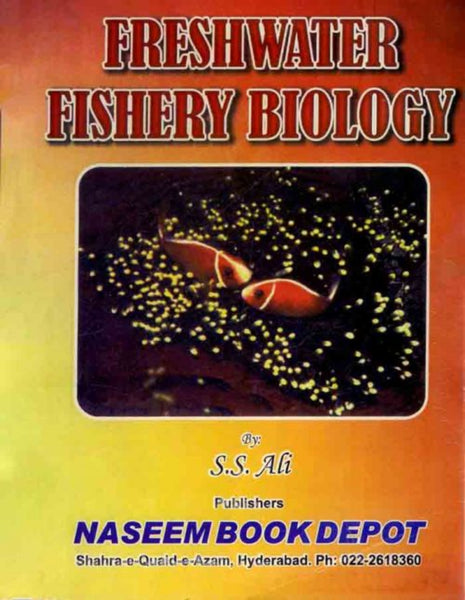RNA Bioinformatics: Methods in Molecular Biology by Ernesto Picardi (Editor)
- Publisher: BIOLOGY
- Availability: In Stock
- SKU: 49389
- Number of Pages: 428
Rs.960.00
Rs.1,295.00
Tags: best books , Best Price , Best Selling Books , bioinformatics algorithms , bioinformatics in genomics , bioinformatics methods , bioinformatics techniques , bioinformatics tools , booksnbooks , computational biology , computational genomics , molecular data analysis , NEWBOOKSNBOOKS , newbooksnbooks.com , next-generation sequencing , ONLINE BOOKS , Online Bookshop , RNA analysis , RNA bioinformatics , RNA bioinformatics tools , RNA data analysis , RNA editing , RNA function , RNA networks , RNA profiling , RNA secondary structure , RNA sequence alignment , RNA sequencing , RNA sequencing analysis , RNA splicing , RNA structure prediction , RNA technologies , systems biology , transcriptomics
RNA Bioinformatics: Methods in Molecular Biology
Ernesto Picardi (Editor)
Quality: Black White Pakistan Print
RNA Bioinformatics: Methods in Molecular Biology, edited by Ernesto Picardi, is a comprehensive guide that integrates bioinformatics techniques with RNA research. This volume offers a detailed exploration of the computational tools and methods used to analyze RNA sequences, structures, and functions, providing essential resources for researchers and students in the field of molecular biology and bioinformatics.
Key Points:
-
Introduction to RNA Bioinformatics: The book provides an accessible introduction to RNA bioinformatics, explaining the foundational concepts of RNA structure, function, and its role in cellular processes.
-
RNA Sequence Analysis: It explores various methods for analyzing RNA sequences, including sequence alignment, motif discovery, and gene prediction, helping readers interpret RNA data effectively.
-
RNA Secondary Structure Prediction: The volume delves into the computational methods used to predict RNA secondary structures, which are crucial for understanding RNA function and interactions.
-
Gene Expression Profiling: The book discusses bioinformatics approaches for analyzing gene expression data from RNA sequencing (RNA-seq), including techniques for differential expression analysis and transcript quantification.
-
RNA Editing and Splicing: It includes methods for studying RNA editing and splicing events, which are key to understanding RNA maturation and the regulation of gene expression.
-
Non-coding RNAs: The book highlights the growing field of non-coding RNAs, covering bioinformatics methods used to analyze microRNAs, long non-coding RNAs (lncRNAs), and other RNA species.
-
RNA-Protein Interactions: The volume examines computational tools for studying RNA-protein interactions, which are vital for understanding RNA regulation and post-transcriptional control.
-
RNA-Seq Data Analysis: The book offers practical guidance on analyzing RNA-seq data, including quality control, read mapping, and downstream analysis techniques to derive biological insights.
-
Integration of RNA and Genomic Data: It addresses methods for integrating RNA data with genomic and proteomic data, providing a holistic view of RNA biology in the context of the entire genome.
-
Future Directions in RNA Bioinformatics: The editors discuss emerging trends and future challenges in RNA bioinformatics, including advancements in machine learning, artificial intelligence, and large-scale data integration.
Conclusion:
RNA Bioinformatics: Methods in Molecular Biology is an essential resource for researchers and students interested in the intersection of bioinformatics and RNA biology. With its thorough coverage of RNA sequence analysis, structure prediction, gene expression, and RNA interactions, the book equips readers with the knowledge and tools necessary to analyze and interpret RNA data in the context of modern molecular biology.



